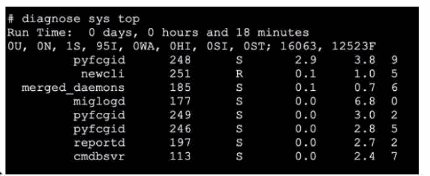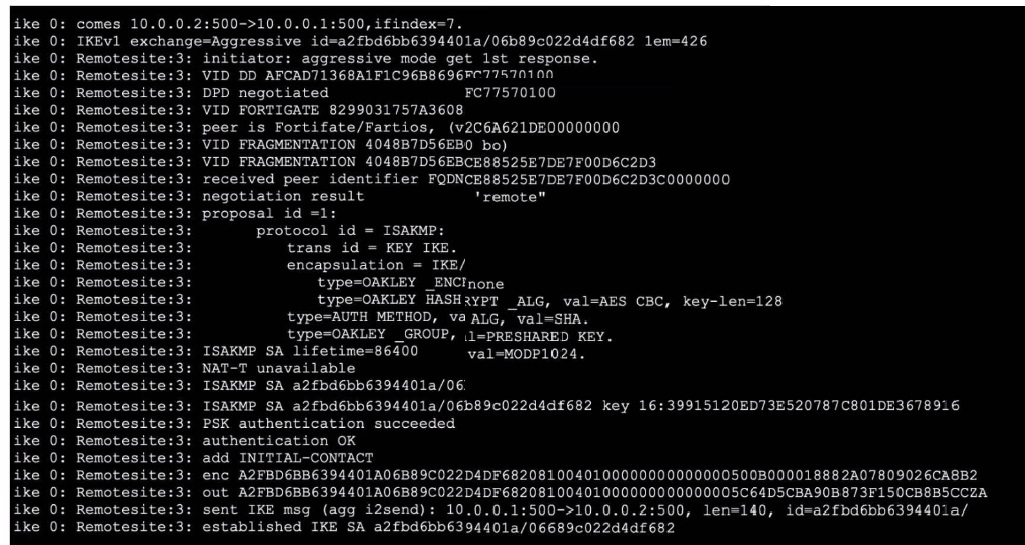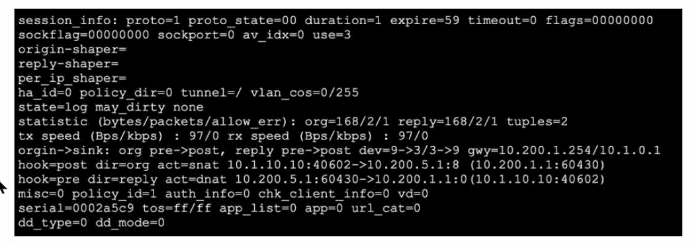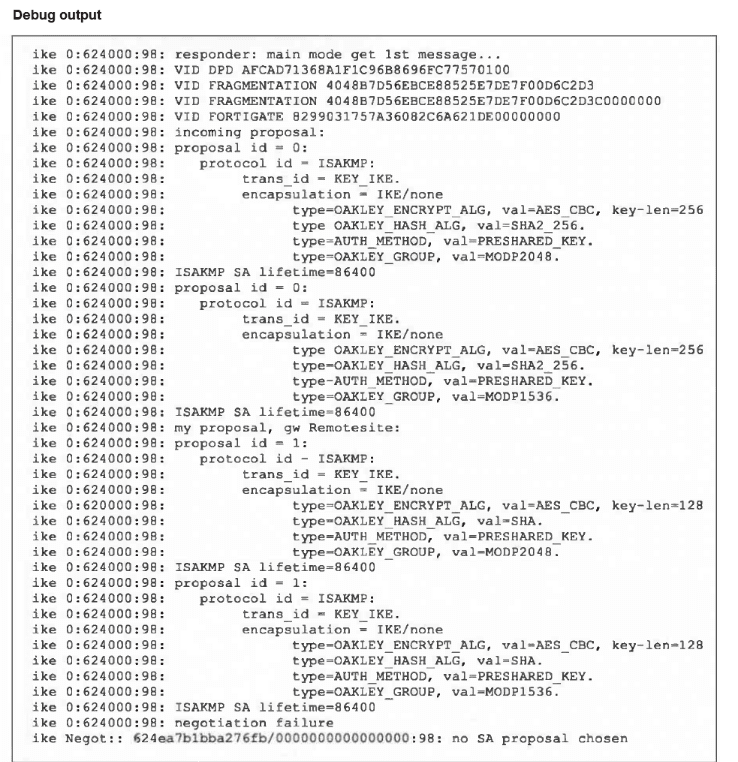Fortinet FCSS_NST_SE-7.4 - FCSS - Network Security 7.4 Support Engineer
Refer to the exhibit, which shows the port1 interface configuration on FortiGate and partial session information for ICMP traffic.

What happens to the session information if a routing change occurs that affects this session?
Which two statements about Security Fabric communications are true? (Choose two.)
Refer to the exhibit.

Which three pieces of information does the diagnose sys top command provide? (Choose three.)
Refer to the exhibit, which shows the partial output of FortiOS kernel slabs.

Which statement is true?
Exhibit.

Refer to the exhibit, which contains partial output from an IKE real-time debug.
Which two statements about this debug output are correct? (Choose two.)
Refer to the exhibit, which shows a session entry.

Which statement about this session is true?
Refer to the exhibit, which contains partial output from an IKE real-time debug.

The administrator does not have access to the remote gateway.
Based on the debug output, which configuration change the administrator make to the local gateway to resolve the phase 1 negotiation error?
The local OSPF router is unable to establish adjacency with a peer.
Which two things should the administrator do to troubleshoot the issue? (Choose two.)
In which two slates is a given session categorized as ephemeral? (Choose two.)



